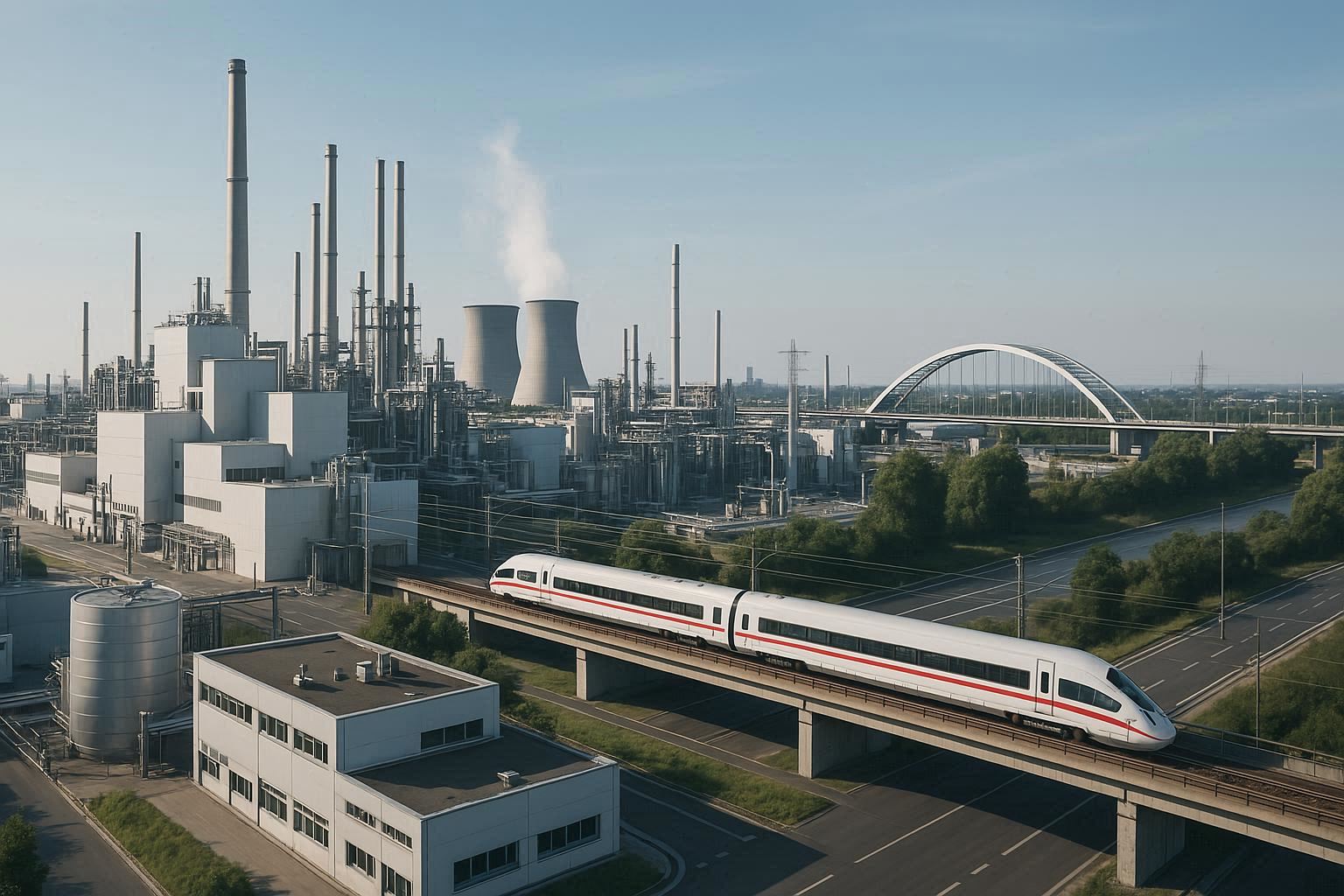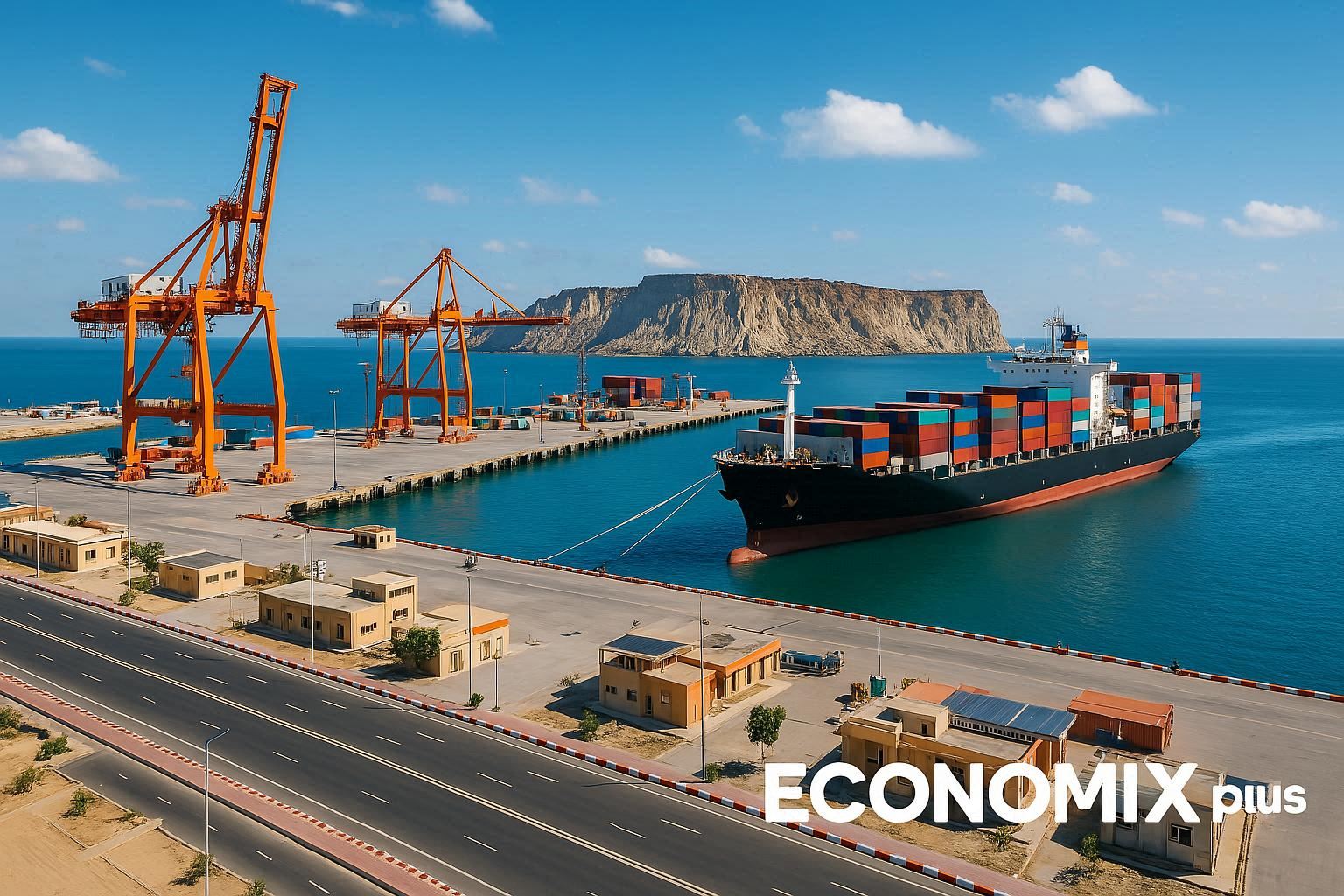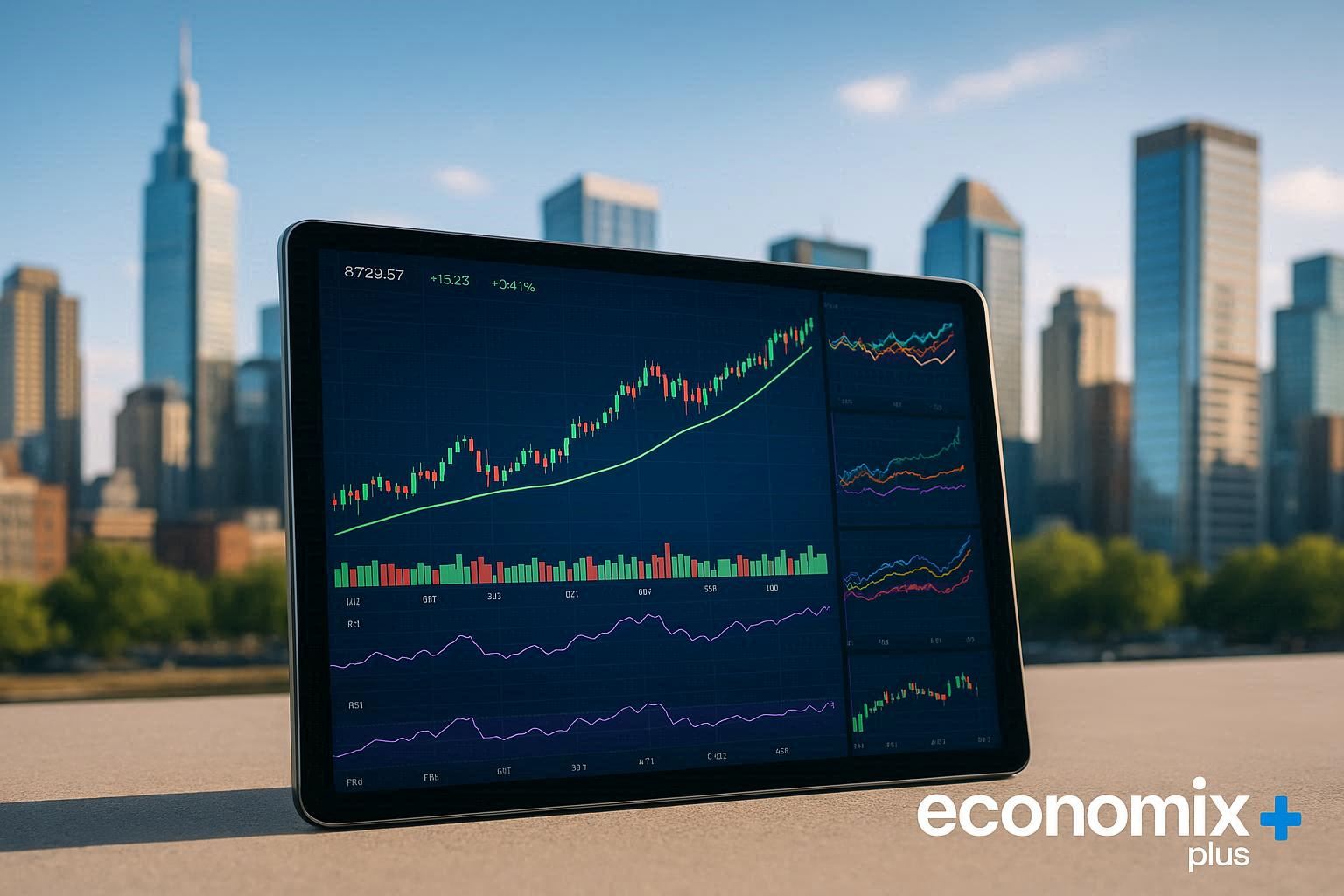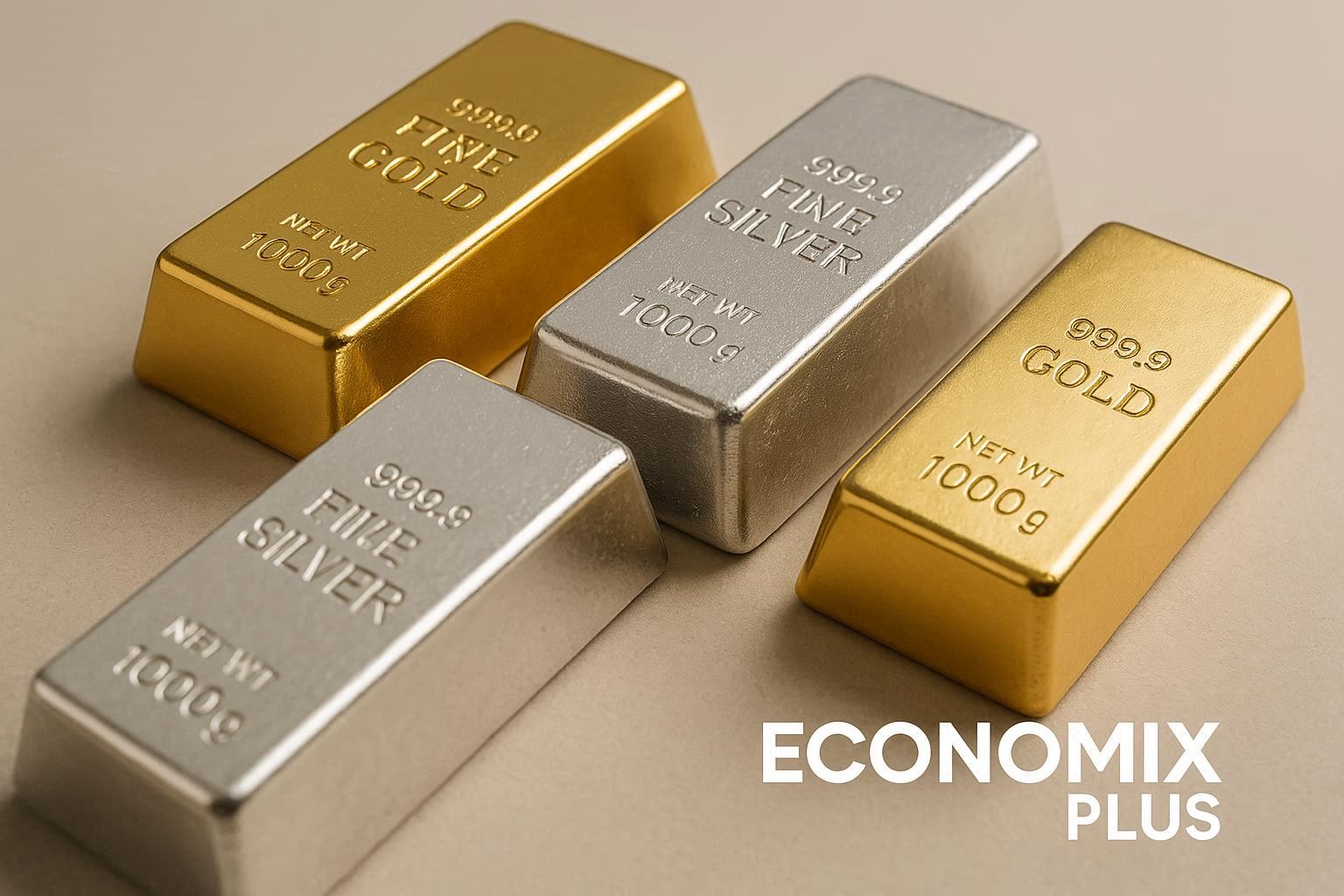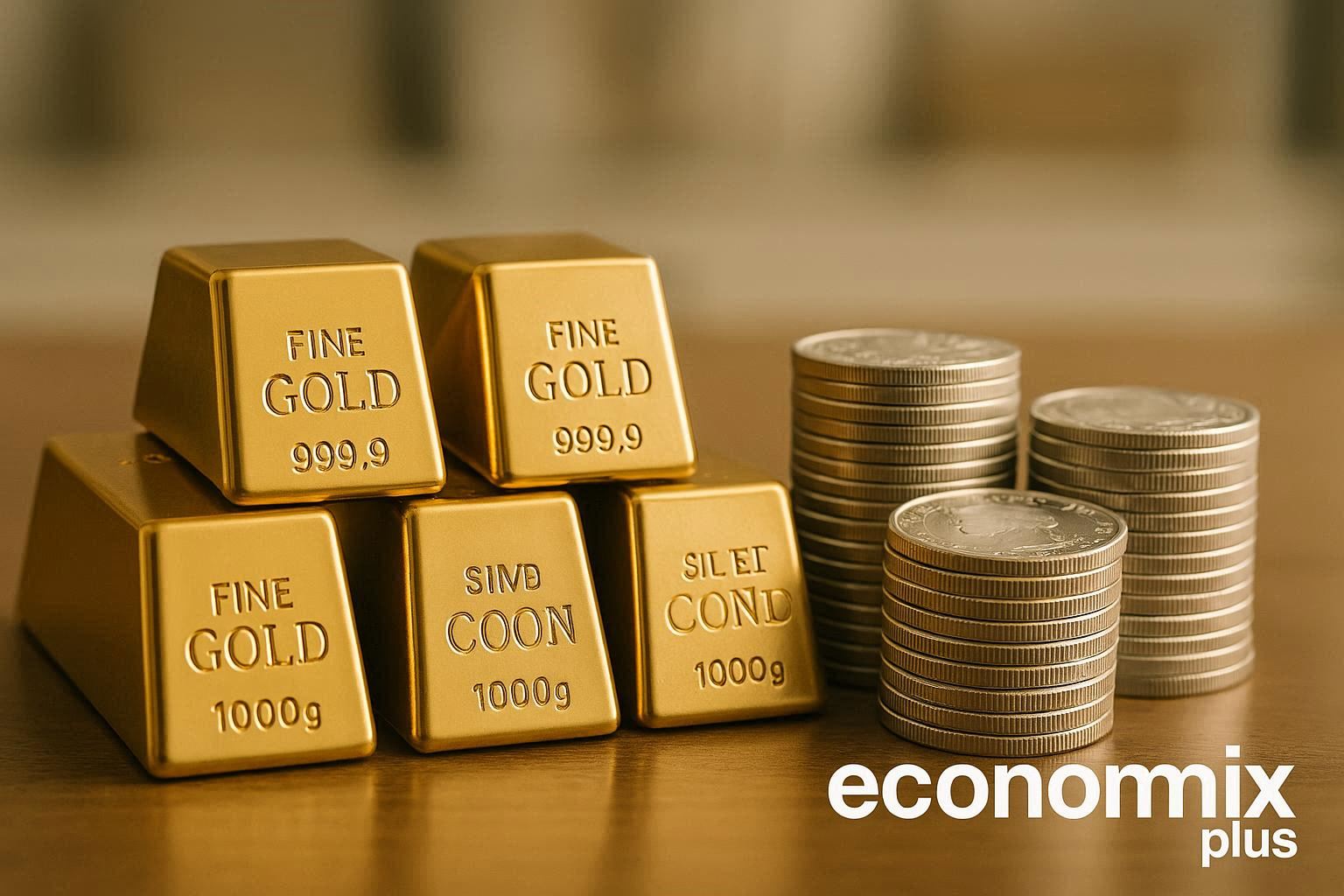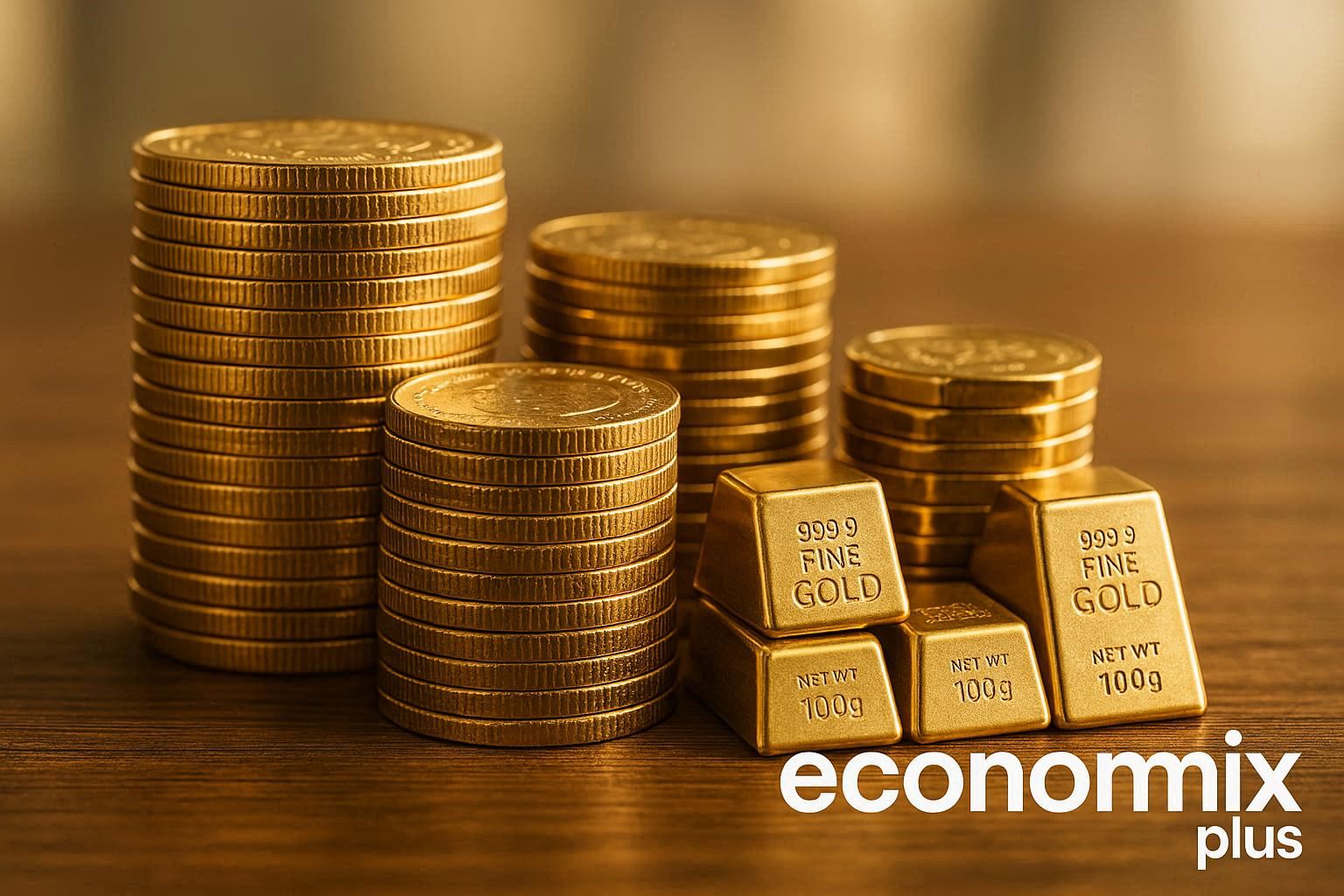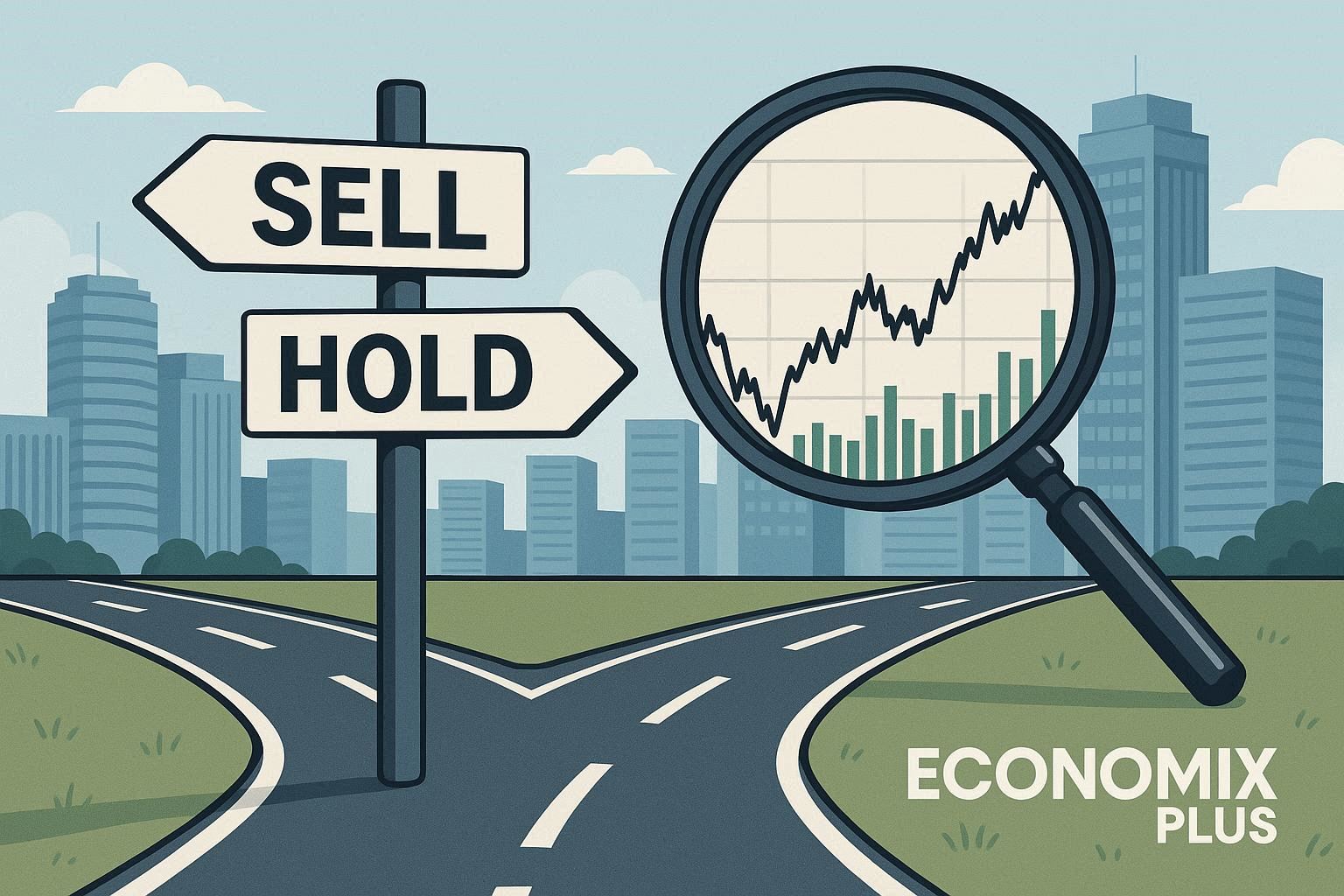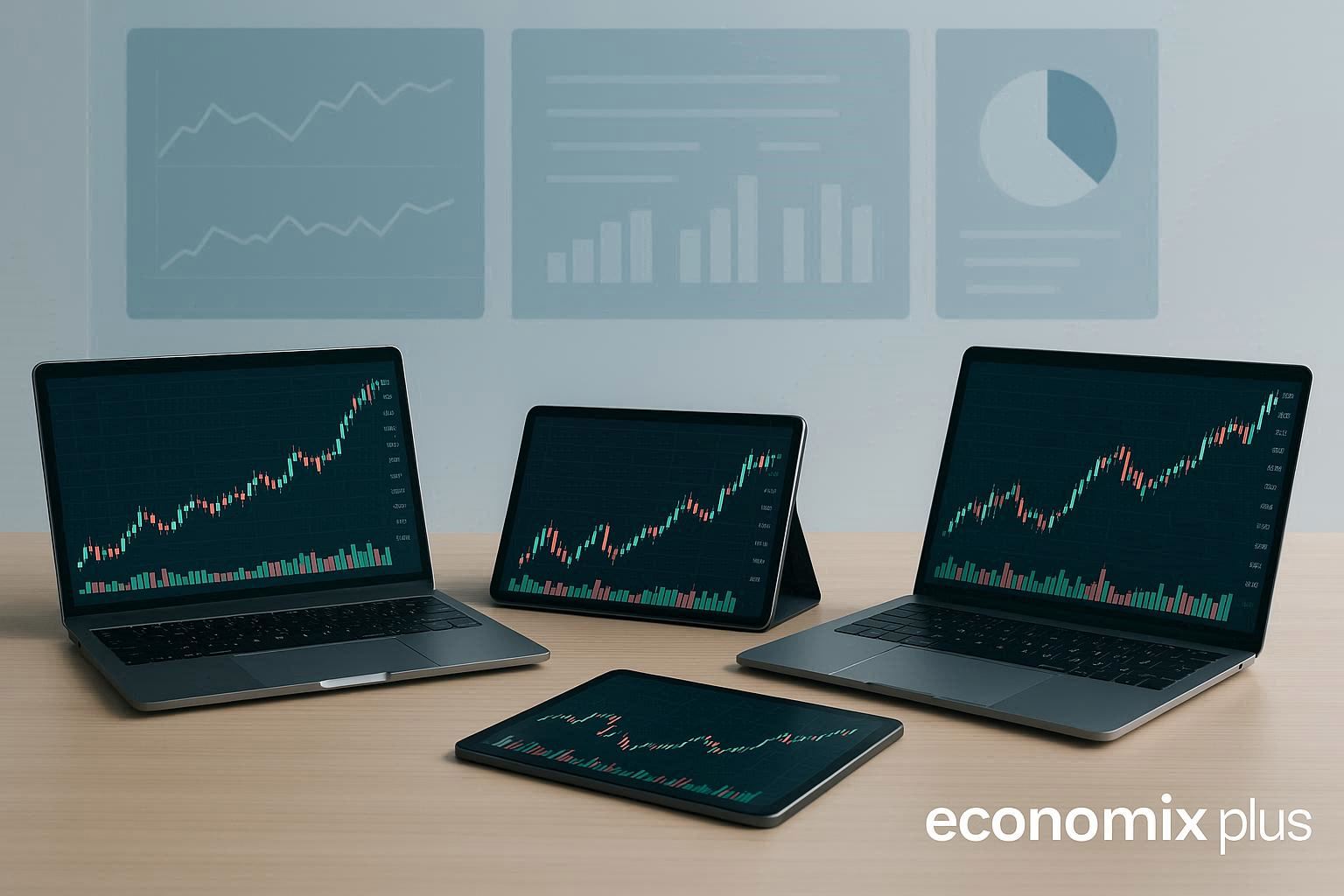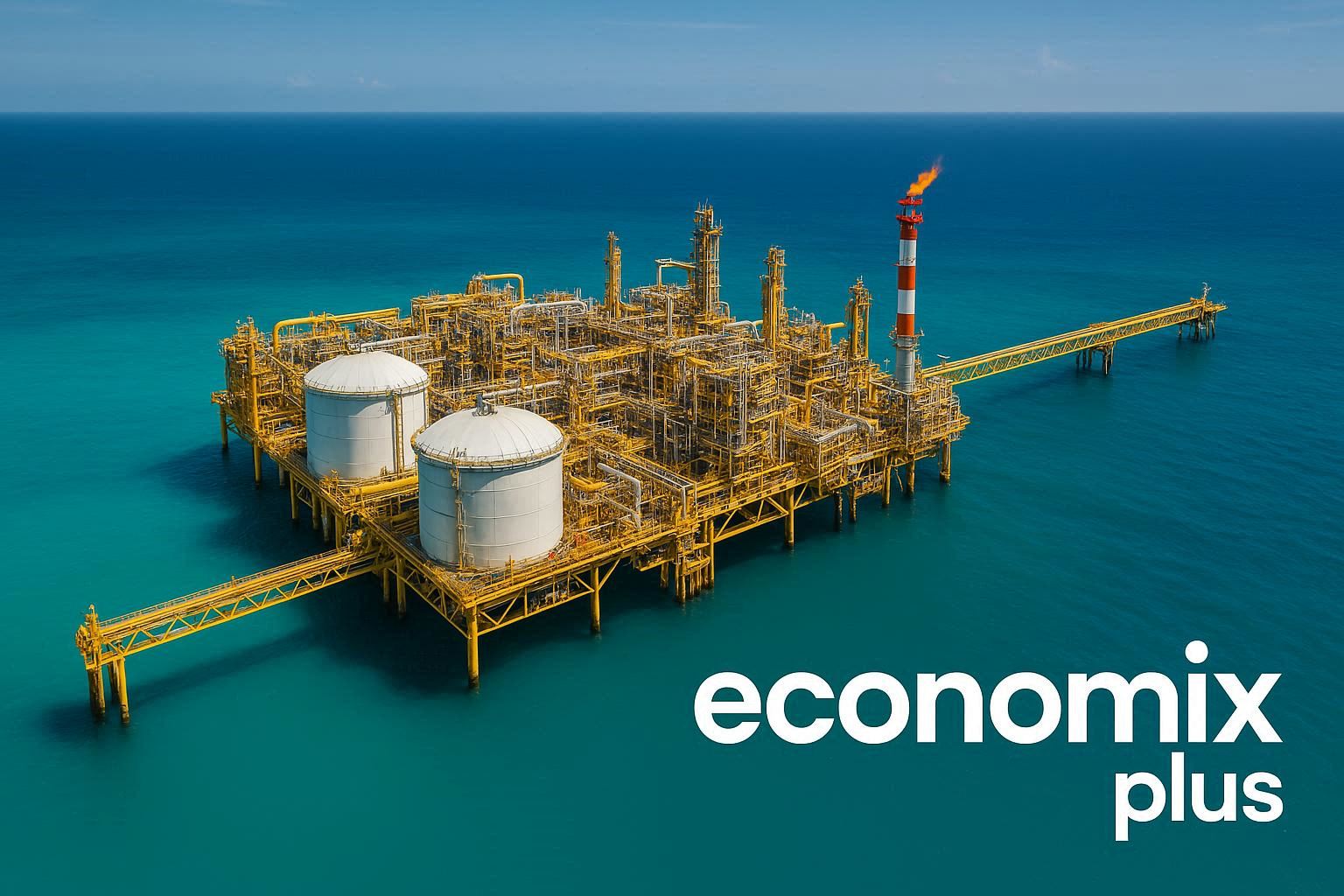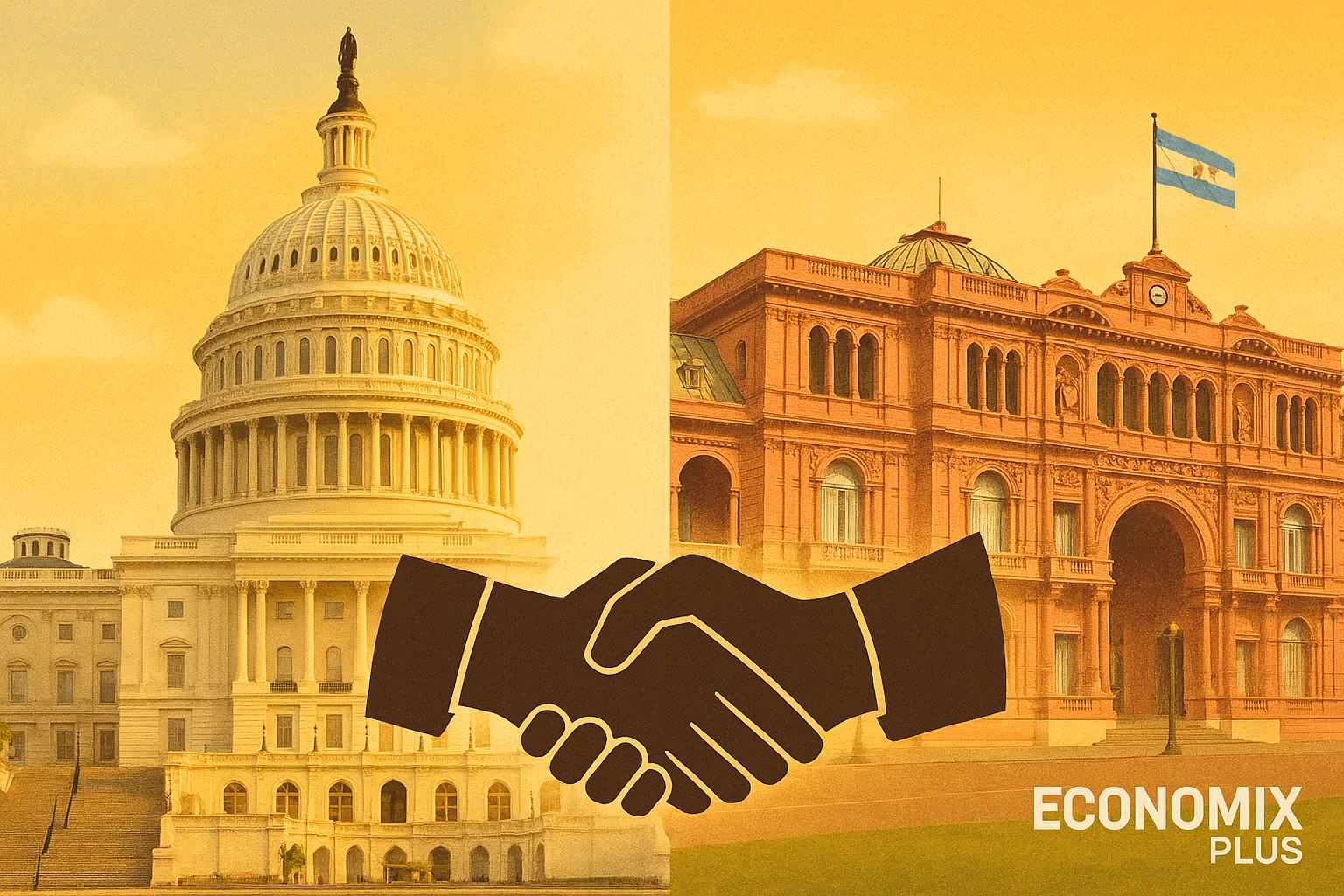The country faces one of its worst financial crises in years, with the rial hitting a record low of 1 million per USD. Inflation has soared to 37.1%, squeezing everyday purchasing power for millions.
Recent turmoil includes the impeachment of Economy Minister Hemmati, reflecting public frustration. The government now relies on taxes for 73% of its spending, as sanctions cripple oil exports and force reliance on a “shadow fleet.”
Despite IMF projections of 3.1% GDP growth, unrest persists. Anti-government chants during Nowruz celebrations highlight deepening discontent.
Key Takeaways
- The rial’s collapse signals severe currency instability.
- Inflation exceeds 37%, eroding household budgets.
- Taxes now fund nearly three-quarters of state expenses.
- Sanctions disrupt oil trade, pushing reliance on covert methods.
- Public protests reveal growing dissatisfaction with economic policies.
Introduction: Iran’s Economic Crossroads
A perfect storm of international penalties and domestic shortcomings has pushed Iran toward economic turmoil. U.S. sanctions cripple trade, while power shortages halt production in half of its industrial parks. These twin crises fuel instability, leaving millions struggling to survive.
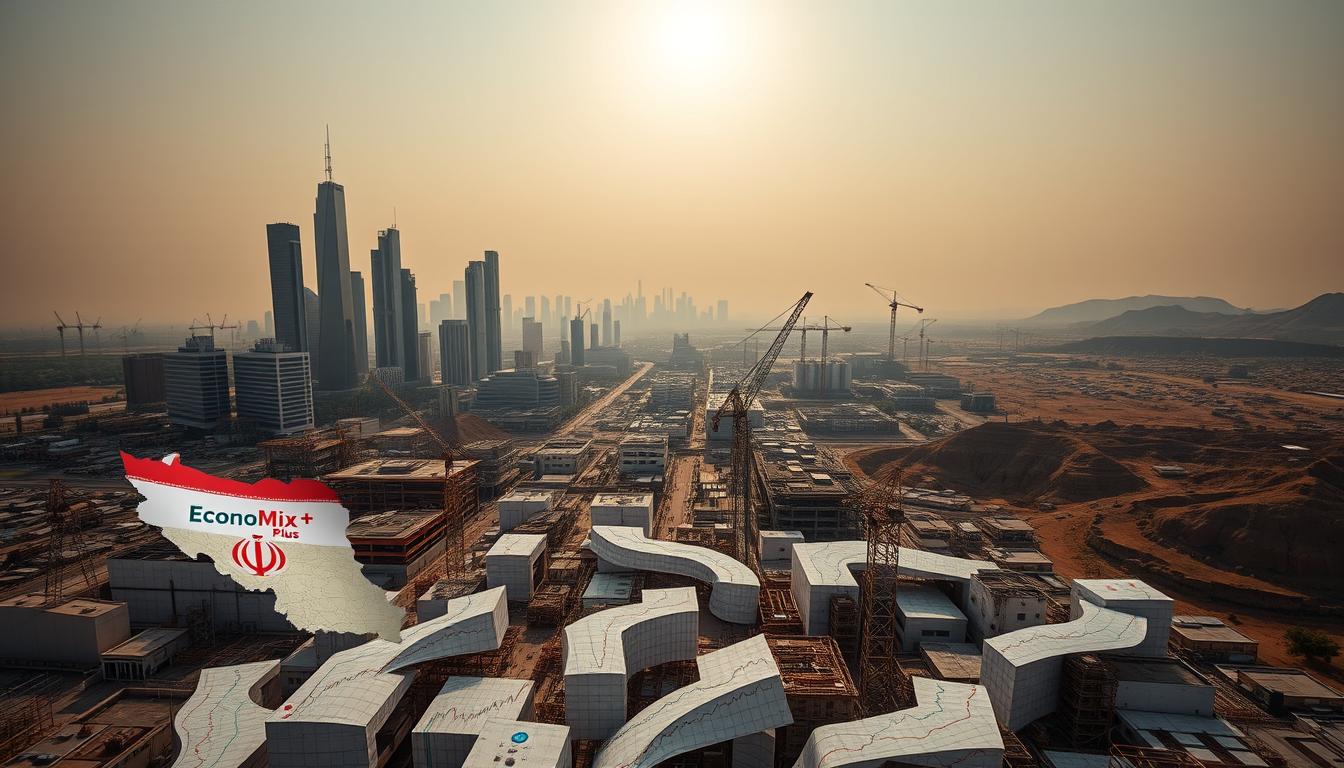
Youth unemployment exceeds 20%, and 27% of the population lives on less than $2 a day. The middle class shrinks rapidly, with 9 million Iranians sliding below the poverty line since 2020. “Families skip meals to afford basics,” reports a Tehran-based economist.
Chronic inflation hit 32% in early 2025, eroding savings. While service sectors show minor growth, they can’t offset losses from energy and manufacturing. Key challenges include:
- Industrial paralysis: Power deficits idle 50% of factories.
- Currency collapse: The rial’s freefall deepens poverty.
- Social strain: Protests erupt as living costs soar.
Without reforms, Iran’s economy risks further decline. The government’s reliance on taxes and shadow trade offers little relief to its citizens.
The Impact of U.S. Sanctions on Iran’s Economy
U.S. sanctions continue reshaping Iran’s financial landscape, with 2025 marking a critical escalation. The maximum pressure campaign, revived under the Trump administration, now targets Beijing’s oil purchases and maritime loopholes. “This isn’t just policy—it’s economic warfare,” notes a Dubai-based energy analyst.
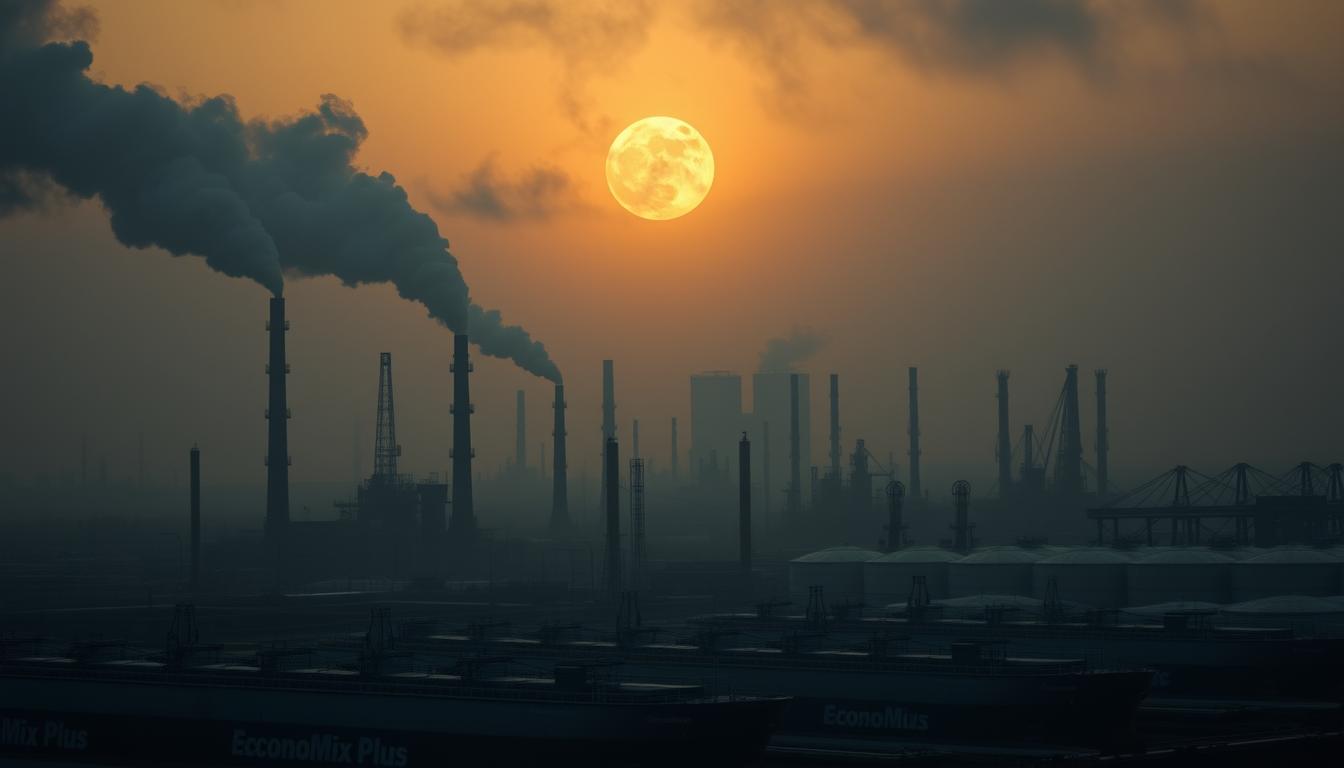
Historical Context of Maximum Pressure Policy
February 2025 saw President Trump’s National Security Presidential Memorandum (NSPM) reinstate strict measures. Key exemptions for Chabahar Port—a lifeline for Afghan trade—were scrapped. This port not only serves as a critical transit point for goods but also plays a vital role in regional stability, linking Iran with Afghanistan and India. The move aimed to choke China-bound oil exports, which surged 86% via covert ship-to-ship transfers.
This surge highlighted the resilience of Iran’s shadow trade networks, but the removal of exemptions significantly hindered their operations, leading to increased scrutiny and risk. The economic repercussions were immediate, as Tehran struggled to find alternative routes and partners to sustain its oil revenue amidst tightening international sanctions.
Chinese refiners capitalized, demanding $3–$6 discounts per barrel. Tehran’s shadow fleet, once resilient, now faces Shandong Port’s January 2025 ban on sanctioned tankers. Monthly losses hit $135M as buyers leverage pricing power.
Recent Sanctions and Their Immediate Effects
March 2025 sanctions on Oil Minister Javad Paknejad sent shockwaves. The sector’s reliance on clandestine sales grew riskier. Sanctions now penalize third-party insurers and inspectors aiding Iran’s trade.
Critics argue the strategy fuels instability. “Cutting revenue streams won’t topple regimes—it starves citizens,” warns a UN rapporteur. This sentiment is echoed by various humanitarian organizations that emphasize the adverse effects of sanctions on everyday life, highlighting that the most vulnerable populations bear the brunt of economic hardship. The repercussions extend beyond mere financial loss; they encompass deteriorating health care access, food shortages, and a decline in overall living standards. Yet, Washington insists compliance will unlock relief.
Energy Constraints: A Growing Crisis
Despite vast reserves, Iran struggles to meet its own energy demands. Chronic mismanagement and infrastructure decay have forced rare gas imports, even as it holds the world’s second-largest reserves. “We’re burning money to buy what we already own,” laments a Tehran energy analyst.
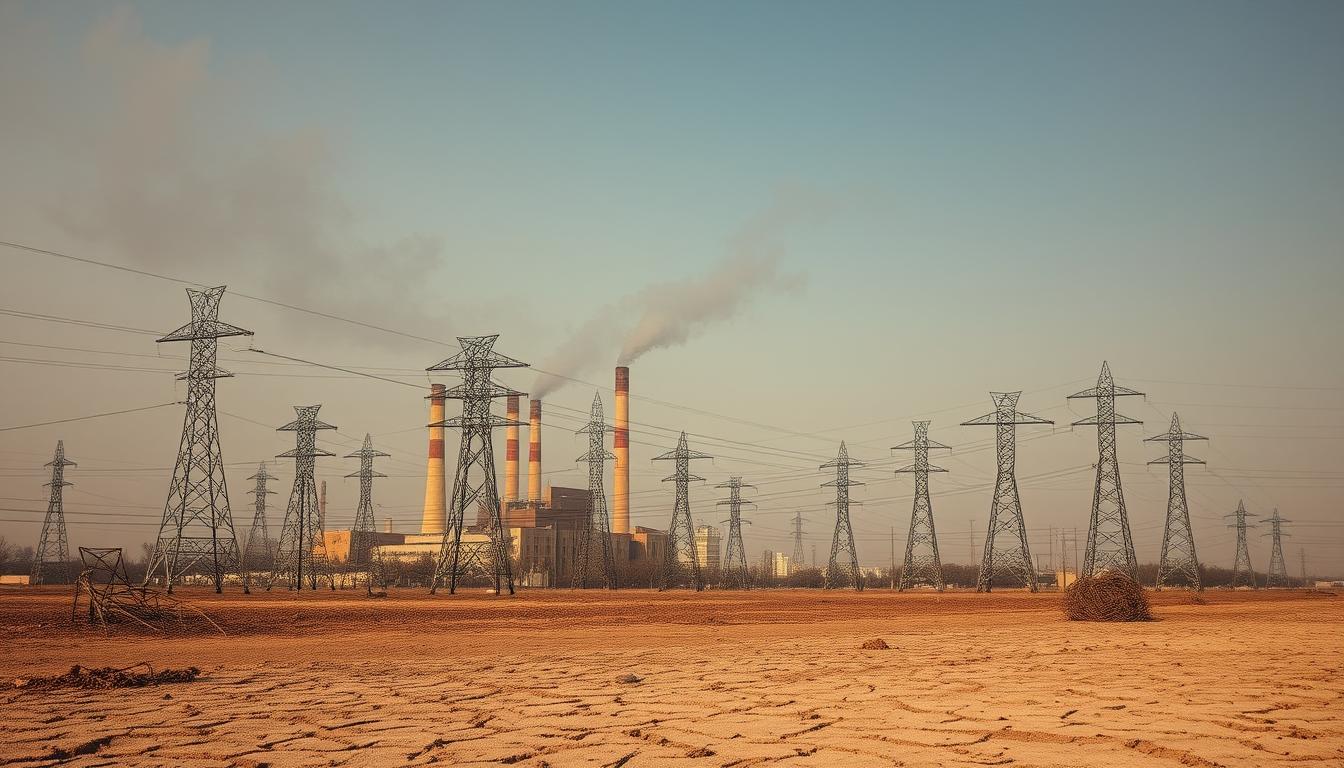
Oil and Gas Export Challenges
Sanctions slashed exports, pushing reliance on a shadow fleet of tankers. March 2025 saw China cut purchases by 40%, exploiting $6-per-barrel discounts. Key hurdles include:
- Covert trade risks: U.S. penalties now target insurers aiding Iranian shipments.
- Turkmenistan deal: A March 2025 transit agreement routes gas to Turkey, bypassing Iran’s grid.
Domestic Energy Shortages and Their Ripple Effects
Sabotaged pipelines and power rationing idle factories. The $1B National Development Fund withdrawal for food subsidies underscores desperation. Cryptocurrency outflows surged 70% as citizens hedge against instability.
| Issue | Impact | Response |
|---|---|---|
| Electricity rationing | 50% industrial park closures | Renewable energy push |
| Gas imports | $300M monthly cost | Turkmen transit deal |
Iraq’s revoked electricity waiver worsened blackouts, fueling protests. Rising fuel prices strain households already skipping meals. The crisis reveals a system buckling under decades of neglect.
Iranian Economy Under Pressure: Inflation and Currency Devaluation
Currency instability and rising costs are crippling household budgets. The rial’s collapse from 600,000 to 1 million per USD in early 2025 marked a historic low, eroding savings and imports. Inflation peaked at 44.6% in 2023, with healthcare costs hitting hardest. Families now spend 25% more monthly on food after subsidy cuts.
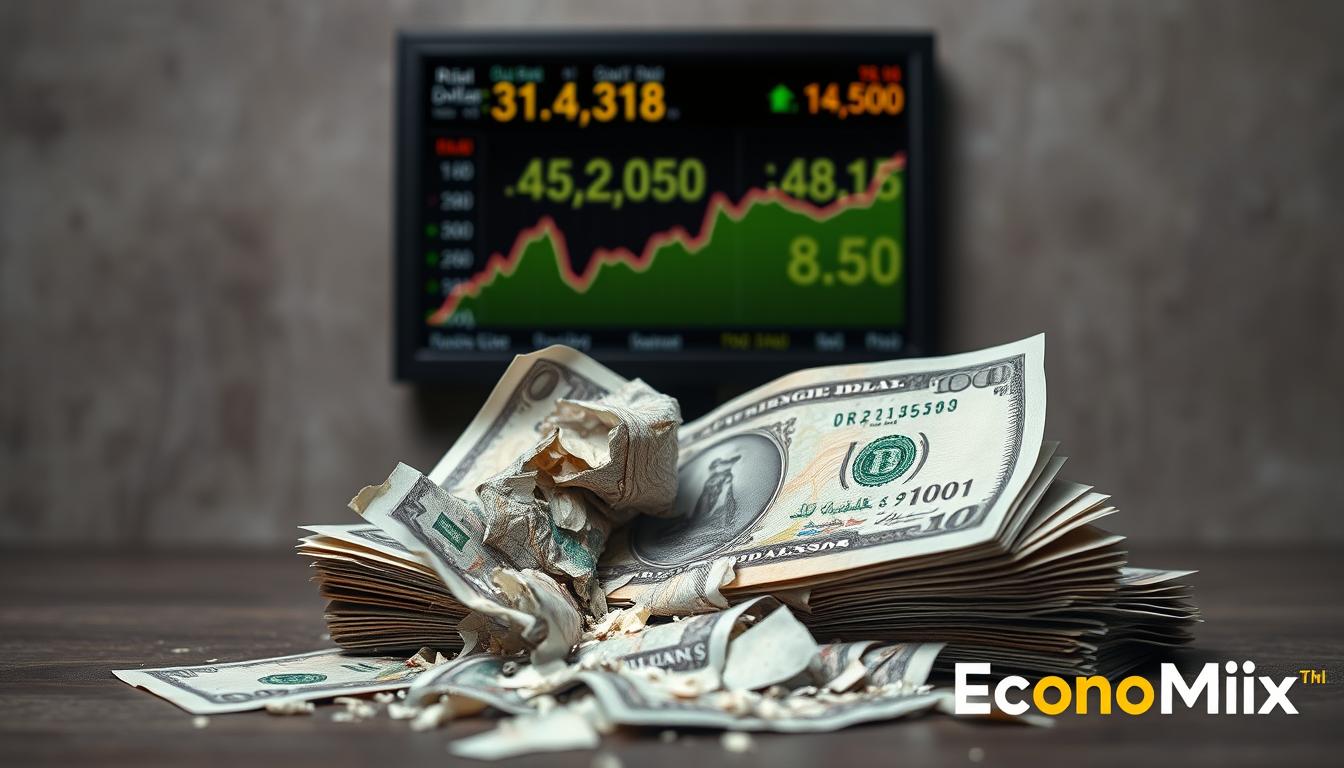
The Rial’s Downward Spiral
February 2025 saw the currency lose 40% of its value in weeks. The government responded with a rationing system, limiting dollar access to prioritized imports. “Black-market rates doubled overnight,” reports a Tehran trader. Key impacts include:
- Import chaos: Medicine and machinery shortages worsened.
- Electronic vouchers: 30 million citizens rely on state aid for basics.
- Failed reforms: Parliament rejected Hemmati’s impeachment amid backlash.
Inflation’s Social Fallout
Soaring prices ignited protests, with 400+ deaths during 2022–23 crackdowns. Bread costs rose 70%, and rent rates outpaced wages. “We queue for hours to buy subsidized milk,” shares a teacher in Isfahan. The crisis reveals:
- Healthcare collapse: Hospitals lack supplies due to currency gaps.
- Urban unrest: Anti-government chants spread during Nowruz.
- Policy paralysis: Subsidy cuts backfired, deepening poverty.
Iran’s Resistance Economy: A Double-Edged Sword
Facing mounting challenges, Iran has turned inward to boost domestic capabilities. The “resistance economy” model prioritizes self-sufficiency, aiming to reduce reliance on imports. While this strategy has spurred local production, its limitations are becoming increasingly apparent.

Domestic Production and Self-Sufficiency Efforts
Over 5,000 defense tech firms now drive growth in niche sectors. Iranian-made drones, for example, cost $20K–$50K—far cheaper than global counterparts. “These firms fill gaps left by sanctions,” explains a Tehran-based analyst.
Key achievements include:
- Arms exports: 200+ overseas facilities produce missiles and drones.
- Service sector: Contributes 24% to GDP, up from 18% in 2020.
Limitations of the Resistance Economy Model
Industrial energy efficiency dropped 3.2% under sanctions, undermining production gains. Failed projects like the north-south transport corridor reveal systemic flaws. The National Credit Network, meant to subsidize businesses, collapsed due to mismanagement.
| Strengths | Weaknesses |
|---|---|
| 5,000 defense firms | 3.2% energy efficiency decline |
| 24% service sector GDP | Failed transport corridors |
While the resistance economy fosters short-term survival, it struggles to deliver sustainable development. Overemphasis on militarization risks neglecting civilian needs.
Geopolitical Dynamics: Iran’s Regional and Global Alliances
Geopolitical shifts are reshaping Iran’s international partnerships and regional influence. Balancing ties with major powers like China and Russia against strained Gulf relations, Tehran navigates a complex web of security and economic interests. These partnerships are not merely transactional; they are deeply rooted in mutual strategic interests, with China seeking energy security and Iran aiming to counterbalance Western sanctions.
Furthermore, the collaboration with Russia extends beyond economic ties, encompassing military cooperation and joint ventures that enhance Iran’s defense capabilities. As Tehran maneuvers through this intricate landscape, it faces the dual challenge of fostering these relationships while addressing the persistent tensions with its Gulf neighbors, which complicate its regional aspirations.
Relations with China and Russia
China remains Iran’s top oil buyer, importing 1.74 million barrels daily in February 2025. Discounted crude sales bolster revenues, but failed BRICS relief efforts highlight limits to economic support. “Beijing profits from Tehran’s isolation,” notes a Singapore-based analyst.
Key developments:
- Shadow trade: Russian tech firms bypass sanctions to supply Iran with drones.
- Turkmen gas deal: A March 2025 transit agreement sidelines Iran’s energy grid.
Strained Ties with Gulf Neighbors
Saudi Arabia condemned Israeli strikes on Iranian soil, signaling rare alignment. Yet, Houthi rebels—Tehran’s last active proxy—prolong Yemen’s conflict, undermining détente.
Tensions flare elsewhere:
- Zangezor Corridor: Turkey-Iran disputes over Azerbaijan trade routes.
- Iraqi PMF: U.S. sanctions pressure Iran-backed militias.
Regional security remains fragile as mediation offers compete with entrenched rivalries.
Domestic Unrest and Political Fractures
Tensions between citizens and authorities have reached a boiling point. The government faces growing dissent as economic hardships fuel public anger. As inflation soars and basic necessities become increasingly unaffordable, the frustration among the populace has intensified significantly.
Many families struggle to make ends meet, leading to widespread discontent and a sense of betrayal towards the ruling elite. “People are exhausted—they want change now,” says a Tehran-based sociologist, highlighting the urgency of the situation. This mounting pressure has manifested in a series of protests, where citizens demand not only economic reforms but also greater political freedoms and accountability from their leaders.
Public Protests and Government Response
March 2025 saw 209 lawmakers sign a petition enforcing stricter hijab laws. This triggered counter-protests across major cities. Security forces responded with mass arrests, deepening public resentment.
Key flashpoints include:
- Ultra-hardliner rallies: Demanding immediate hijab enforcement
- Reformist pushback: Calls for relaxed social policies
- Media warnings: Khorasan Daily’s “social outrage” alerts
Intra-Elite Conflicts Over Economic Policies
Power struggles within the regime intensify as conditions worsen. Former Foreign Minister Zarif’s resignation exposed rifts between moderates and hardliners. President Pezeshkian now aligns closely with Khamenei, sidelining dissenters.
The dynamics reveal:
- 91 lawmakers attempted to impeach key officials
- Speaker Ghalibaf hesitates on controversial measures
- Hardliners dominate decision-making
These fractures suggest prolonged instability. As noted in a recent analysis, the regime’s refusal to adapt may only deepen crises.
The Future of Iran’s Economy
Iran’s path forward remains uncertain amid shifting global dynamics. The IMF projects 3.1% GDP growth for 2025, lagging behind the region’s 3.9% average. Sanctions pressure persists, though enforcement varies—Trump’s maximum-pressure tactics contrast with Biden’s targeted penalties.
A potential $1T diplomatic deal could reshape Tehran’s economy, but GCC states fear nuclearization risks. Israeli officials, like Katz, warn of strike readiness, while the Axis of Resistance network shows fractures.
Saudi mediation offers a slim chance for stability. Yet, with 73% of public spending reliant on taxes and oil-dependent revenues dwindling, the crisis deepens. As noted in a strategic predicament analysis, Iran faces a pivotal transformation—or further decline.
FAQ
▶
▶
▶
▶
▶
▶
▶

